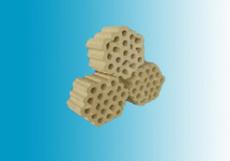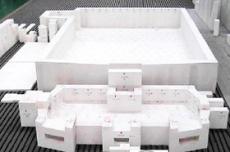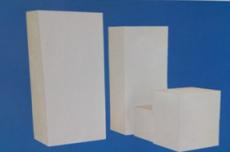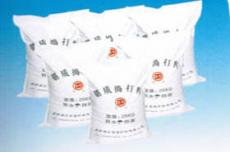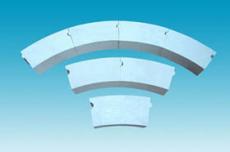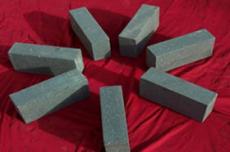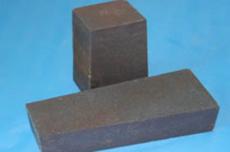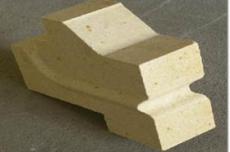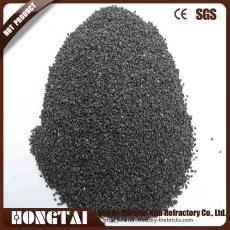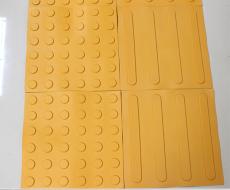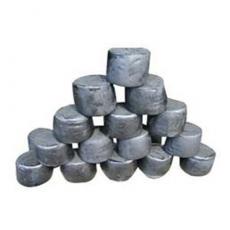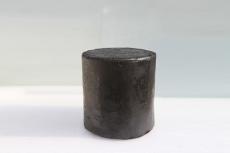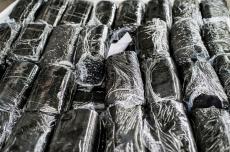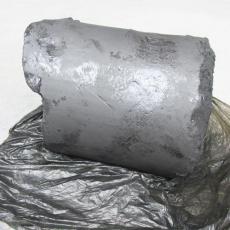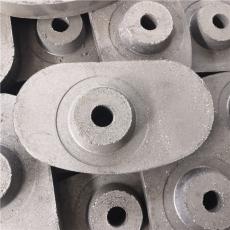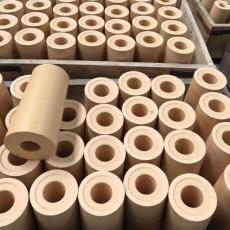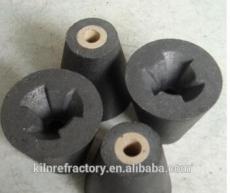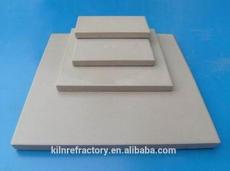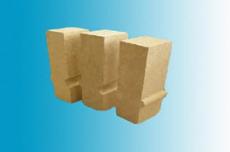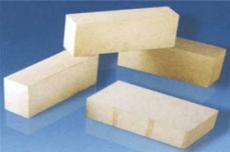
Alumina refractory materials refer to refractory materials with an Al₂O₃ content greater than 98%. The following is a detailed introduction to them:
1. Raw materials and preparation
Raw materials: The main raw materials are bauxite (Al₂O₃·3H₂O) and diaspore. For Al₂O₃ with high purity requirements, it is generally prepared by chemical methods.
Preparation: It can be produced by ceramic technology to obtain a material with uniform structure, or it can be produced by traditional refractory methods to obtain an aggregate matrix structure.
2. Crystal form and properties
Crystal form: Alumina has many isomorphous crystals, and more than 10 are known, mainly α-Al₂O₃, β-Al₂O₃, and γ-Al₂O₃. Among them, α-Al₂O₃ is the most stable crystal form and the main crystal phase of alumina refractory materials.
Properties:
Physical properties: white, melting point is 2050℃ (or 2054℃), boiling point is 2980℃. Density is generally between 3.54.01g/cm³ (density of α-Al₂O₃ is between 3.964.01g/cm³), insoluble in water, easily soluble in strong alkali and strong acid.
Mechanical properties: It has very high mechanical strength. The flexural strength at room temperature can reach about 250MPa, and it is still about 150MPa at 1000℃; the compressive strength at room temperature can be as high as 2000MPa or more, and the compressive strength of some microcrystalline products can even reach 5000MPa.
Thermal properties: refractoriness is greater than 1900℃, the starting point of softening under load of 0.2MPa is about 1850℃, the limit use temperature is 1950℃, and the common temperature is 1800℃. The average linear expansion coefficient at 20~1000℃ is 8.6×10⁻⁶/℃. The thermal conductivity at room temperature is half that of metal, and decreases as the temperature rises. The thermal shock resistance is moderate, depending on the microstructure and the shape and size of the product.
Chemical properties: Good chemical stability, which depends to a large extent on purity and density. High-purity dense products can better resist the erosion of various molten metals, as well as the effects of various compounds and acids. However, at high temperatures, silicon, carbon, titanium, zirconium, sodium fluoride, concentrated sulfuric acid, etc. have certain erosion on alumina.
3. Classification and products
Classification: Alumina refractory materials can be divided into various types according to different preparation processes and uses, such as alumina refractory bricks, alumina ceramics, alumina refractory fibers, etc.
Products: Alumina products come in various forms, such as crucibles, structural parts of various high-temperature kilns (furnace walls, furnace tubes), utensils for physical and chemical analysis, aviation spark plugs, heat-resistant and anti-oxidation coatings, crucibles for glass drawing, mechanical parts, various molds (such as wire drawing molds, etc.), knives, abrasives, armor protection materials, threaded tubes and protective tubes for thermocouples, insulating porcelain for atomic reactors, etc.
4. Application
Alumina refractory materials are widely used in many high-temperature fields, such as metallurgy, building materials, chemical industry, machinery, aerospace, etc., due to their high melting point, high hardness, good chemical stability and thermal stability.
Alumina refractory materials are a special refractory material with excellent performance and wide application. With the advancement of science and technology and the development of industrial production, its application field will continue to expand.
